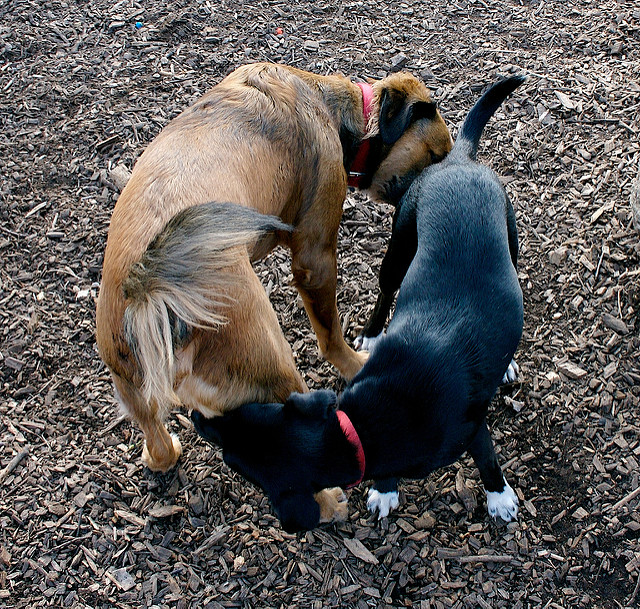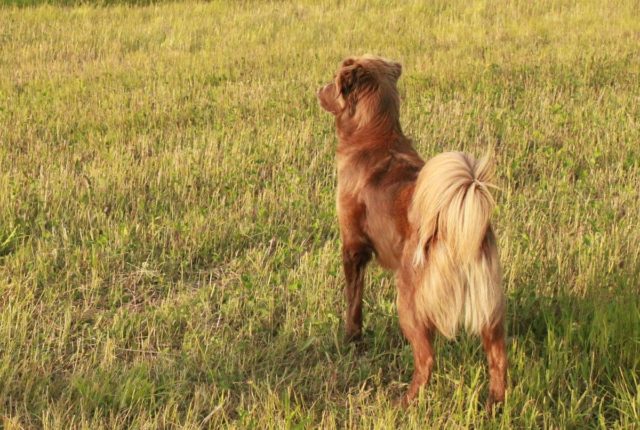“Why do dogs sniff each other’s butts?” is one of the most commonly asked questions among pup parents. While this behavior would make us extremely uncomfortable, it is a perfectly acceptable greeting among dogs.
Many refer to it as the “canine handshake”, but it turns out dogs can actually intuit far more information than a mere “how-do-you-do” with this custom.

The key to understanding doggy butt-sniffing behavior lies within the anal glands – two sacs of pungent, chemical-packed fluid located just inside the canine rectum. The pheromone-infused fluids are excreted during bowel movements or times of stress.

The scent molecules released by these glands provide curious dogs with a plethora of information including the gender and reproductive status of their owner. Beyond this, anal secretions also give clues to the dog’s health, diet, and even its emotional state.
Imagine being able to learn all that about a person with a simple handshake!

Dogs are able to extract this wealth of information with a simple sniff thanks to their extremely powerful noses. Canines have more than 225 million receptors on their large olfactory membranes. In many pups, this mass of tissue is as large as a handkerchief.
For comparison, we humans have a mere 5 million olfactory receptors on our postage stamp-sized membranes. As such, a dog’s sense of smell is a whopping 10,000 to 100,000 times better than ours! It’s no wonder they utilize this remarkably powerful sense to communicate with one another and learn about the world around them.

Want to learn even more about butt sniffing and anal gland secretions? The following video explains how dogs use scent chemicals to communicate, as well as how they manage to isolate “good” smells from the less-savory odors emanating from their fellow pups’ posteriors!
H/T to MentalFloss.com
Featured Image via Flickr/Bennett
